Terminal des bus Dong Seoul (동서울종합터미널)
7.4Km 2018-06-22
50, Gangbyeonyeok-ro, Gwangjin-gu, Seoul
Le Terminal de Bus de Dong Séoul est situé au sein de la station de métro Gangbyeon sur la ligne 2 (sortie numéro 4). Les bus (express et interurbains) allant aux quatres coins du pays (provinces de Gyeonggi, Gangwons, Gyeongsan, Chungcheong et Jeolla) partent de ce terminal. Les réservations peuvent être effectuées dans les agences suivantes, mais les tickets peuvent aussi être achetés aux guichets du terminal.
Réservations
- Bus Interurbains
www.ti21.co.kr (seulement en coréen)
- Ligne Gyeongbu (Daejeon, Daegu, Busan, Masan, Changwon, Jinju)
www.kobus.co.kr (coréen, anglais)
- Ligne Yeongnam/Honam (Gwangju, Jeonju, Jeongeup, Gwangyang)
Ilsong Kalguksu (일송칼국수)
7.4Km 2021-03-18
44, Seonggyungwan-ro, Jongno-gu, Seoul
+82-2-765-0880
This is a Korean cuisine located in Jongno-gu, Seoul. A store serving dishes at low prices. The best menu at this restaurant is noodle soup with clams.
Ile de Hangang Bamseom (한강 밤섬)
7.4Km 2018-12-29
84-8, Yeouido-dong, Yeongdeungpo-gu, Seoul-si
+82-2-3780-0632
L’île est ainsi nommée parce qu’elle ressemble à une châtaigne (‘bam’ en coréen). Bamseom a longtemps été célèbre pour sa vue et ses paysages magnifiques et l’eau de la rivière Hangang autour de l’île était si clair que par le passé c’était une source d’eau potable. Dans le cadre du développement de Yeouido, les 443 résidents des 62 maisons ont migré en masse vers Changcheon-dong, Mapo-gu et le flan de colline de la montagne Wusan, le 10 février 1968 donc personne ne vis à Banseom. Le temps passant, la rivière a déposé des sédiments et des plantes aquatiques sauvages ont poussées et au tournant des années 90, l’île est devenue célèbre en tant « qu’habitat pour les oiseaux migrateurs au milieu de la ville », chose rarement visible dans le monde. Le 10 août 1999, le bureau métropolitain de Séoul a désigné l’endroit comme « Réserve de l’écosystème », fournissant alors une attention particulière pour préserver l’île.
* Etat de l’écosystème de l’île
Oiseaux (41 espèces) : l’île abrite une espèce de canard mandarin mais également des flamants roses, des rousserolles, des hérons blancs et des grands gravelots qui se reproduisent sur l’île. De plus , cet endroit est l’habitat d’hiver pour plus de 5 000 oiseaux migrateurs.
Poissons (29 espèces) ; barbottes coréennes, carpe, poisson mandarin
Plantes (189 espèces) : roseaux commun, une dicentra, polygonum orientale, saule tortueux
Insectes (15 espèces) : Papillon chou blanc, punaise Oxycarenus lavaterae, sauterelles noire à cornes, scopoli, etc.
* Altitude : Elle est souvent submergée lorsque une décharge excessive se déverse de Paldang Dam à cause des inondations.
* Forme de circonférence de l’île : vasais, sable, cailloux etc.
Mado (마도)
7.4Km 2021-03-29
11, Uisadang-daero 1-gil, Yeongdeungpo-gu, Seoul
+82-2-784-2660
A restaurant specializing in Japanese course meal menu. This Japanese (cuisine) restaurant is located in Yeongdeungpo-gu, Seoul. The most famous menu is seafood yaki ddon.
Centre linguistique de l'université de Corée (고려대학교 한국어센터)
7.4Km 2025-07-18
서울특별시 성북구 고려대로 73 (안암동5가)
+82-2-3290-2971, 2972
Programme régulier de coréen<br>
<br>
Programme spécial de coréen<br>
<br>
Programme de formation de professeurs de coréen<br>
<br>* Consultez le site internet pour les programmes détaillés.
Les documents demandés diffèrent en fonction des programmes et des nationalités. Pour plus d'informations, consultez le site internet.<br>
<p>Consultez le site internet.<br></p>
<p>Les frais de scolarités diffèrent en fonction des programmes. Pour plus d'informations, consultez le site internet.</p>
<p> Les visas nécessaires diffèrent en fonction des programmes et des nationalités. Pour plus d'informations, consultez le site internet.</p>
Centre d'art Universal (유니버셜아트센터)
7.4Km 2021-10-06
664, Cheonho-daero, Gwangjin-gu, Seoul-si
Le centre de spectacle « Little Angels » est un centre de spectacles construit dans un style opéra. Il organise des représentations musicales, des pièces de théatre et des ballets, mais dispose aussi d’un hall de réception et d’un hall de conférence international. Le centre Little Angels, bâti sur 3 étages est connu pour son intérieur sophistiqué aux décorations en plâtre sculpté. La salle de représentation principale et ses deux salles annexes sont équipées de ce qui se fait de mieux en matière d’éclairage et de son. Le centre est également réputé pour son équipe Universal Ballet et sa troupe attitrée, les « Little Angels » eux même connus pour la qualité de leurs performances. Le spectacle de ballet qui a lieu chaque année en décembre est des plus apprécié du public. Les deux troupes de Little Angels donnent aussi fréquement des représentations hors de Corée.
Seochon Guest House [Korea Quality] / 서촌 게스트하우스 [한국관광 품질인증]
7.5Km 2023-04-07
28-3, Jahamun-ro 7-gil, Jongno-gu, Seoul
+82-010-3345-9680
Seochon Guest House is located in Seochon, which is becoming a hot place for tourists in Seoul, and precisely on the road to Suseong Valley, whichis filled with interesting stores and is also well-known for Park Nosoo Art Gallery and the House of Yun Dong-ju (poet). Seochon Guest House is nicknamed ‘Jaeminangol (interesting village)’ after Baekseok’s poem ‘Yeowunangol’, with the aim of providing a visit full of interesting experiences. Passing through a garden and entering the main building, the unique charm of this hanok building, the staircase to get to the first floor from daecheong (main floored room), catches the eye of the visitors. In addition, the building is decorated with various stylish objects including paintings and Korean musical instruments. The terrace situated on the first floor offers an open view of the surrounding area including roof tiles of hanok structures and alleyways in Seochon. It is said that Korean novelist Yoon Hu-myeong also appreciated the structure of the guesthouse, saying, “It is an interesting place.” Built in the 1930s, the house, which has many storage places, was taken by the owner couple in spring 2014 as they were attracted by the house during their trip to Seochon. After the repair work, the ground floor of the house was opened for guests from January 2016, hoping that guests could share their daily experiences and stories with each other. The guestrooms and the main floored room on the ground floor are open to guests, with the exception of the first floor, which is used by the owner couple. The living room is equipped with books, a curved TV, and a table. The tasty meal, which is served in the kitchen, consists of rice and soup with six side dishes and is much loved by guests. The guesthouse offers a total of four rooms – Jae Room, which is the most Korean-style room; Mi Room, which has a combined style of a Korean-style room and Western-style room; Nan Room, which is an ideal room for meditation with a beautiful paper window; and Ahn Room, which is equipped with a veranda and a pretty flowerbed. Every room has its separate charm with various comfortable bedding to provide a quiet and cozy bedroom for guests in the middle of the city. Furthermore, the guesthouse holds a pansori (epic chant) performance twice a year. The owner started learning how to sing pansori to promote the Korean culture and tradition to foreigners. When a pansori performance is held, the owner offers traditional Korean snacks and drinks including sikhye (sweet rice punch), sujeonggwa (cinnamon punch), traditional sweets and cookies, and tteok (rice cakes) to visitors, tourists, and performers. Moreover, it provides cultural programs such as a Gukak (Korean classical music) experience, Korean traditional clothes experience, and making Korean food experience, as well as other activities with guests, such as trip to the city wall between Inwangsan Mountain and Bugaksan Mountain, and the Royal Palace Tour to Gyeongbokgung Palace, etc., as well as a trip to a traditional market.
Appe Seoul (아뻬서울)
7.5Km 2021-03-24
1, Changgyeonggung-ro, 35na-gil, Jongno-gu, Seoul
+82-10-7390-8742
You can eat honey cake that you cannot enjoy anywhere else. This cafe is located in Jongno-gu, Seoul. The representative menu is coffee.
Gomiso Gopchang (고미소곱창)
7.5Km 2021-03-19
228, Wangsan-ro, Dongdaemun-gu, Seoul
+82-2-969-8883
Gopchang (intestine) is a Korean popular dish with stir-fried pig intestines and vegetables. The most famous menu is grilled beef small intestine/grilled pork small intestine. A barbecue specialty restaurant located near Cheongnyangni Station in Seoul.
Podam (포담)
7.5Km 2021-03-22
11, Jahamun-ro, 9-gil, Jongno-gu, Seoul
+82-2-733-0831
A store featured in Korean gourmet programs. This Chinese (cuisine) restaurant is located in Jongno-gu, Seoul. The most famous menu is dim sum.
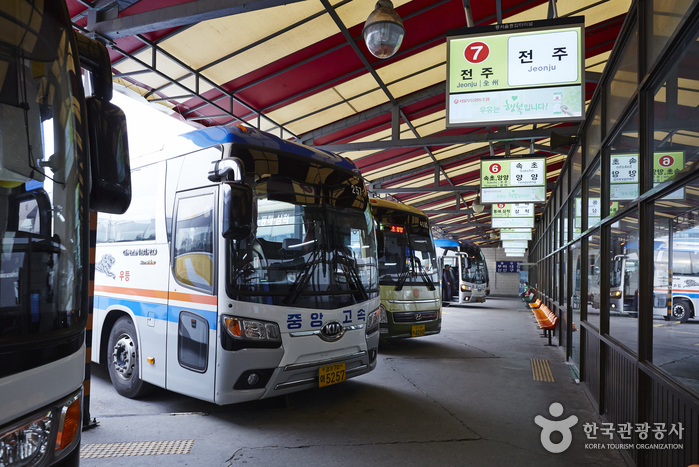
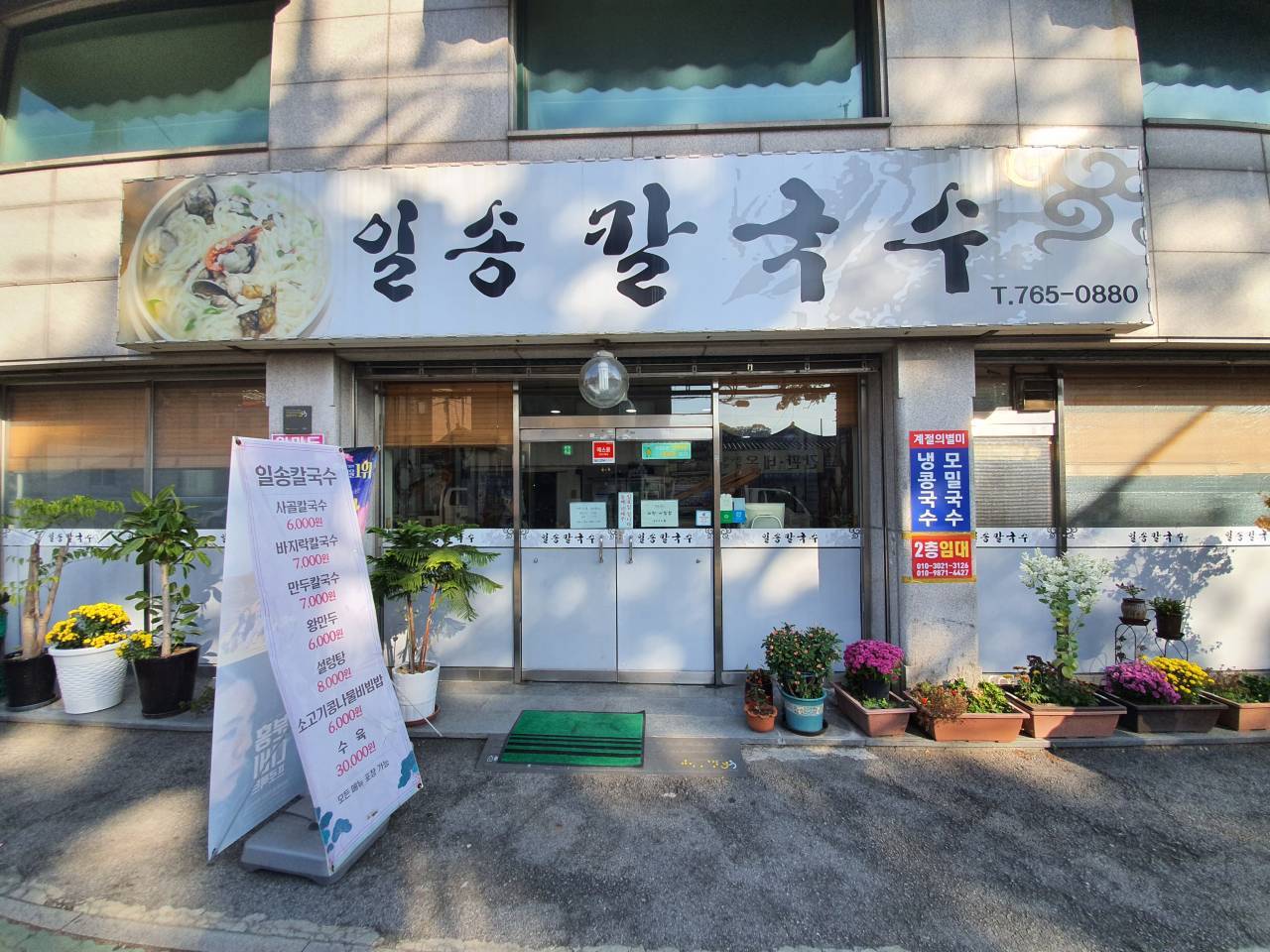
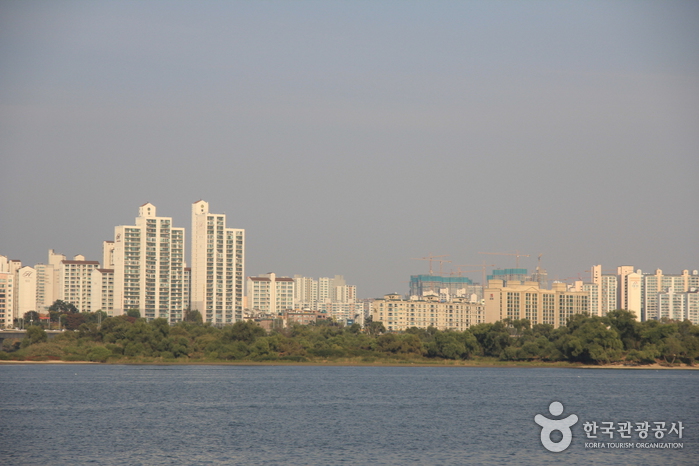
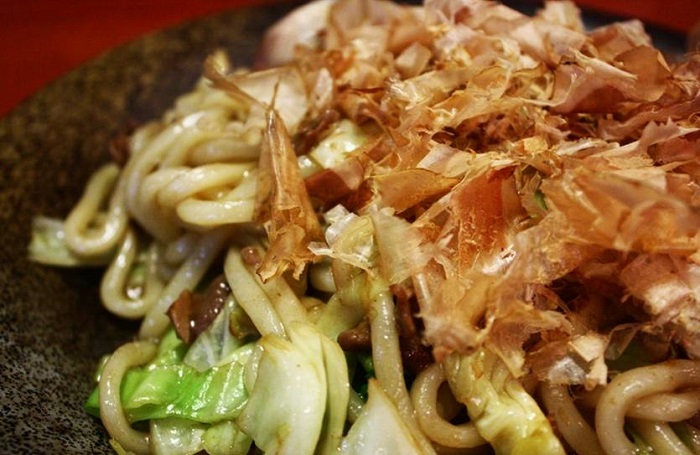

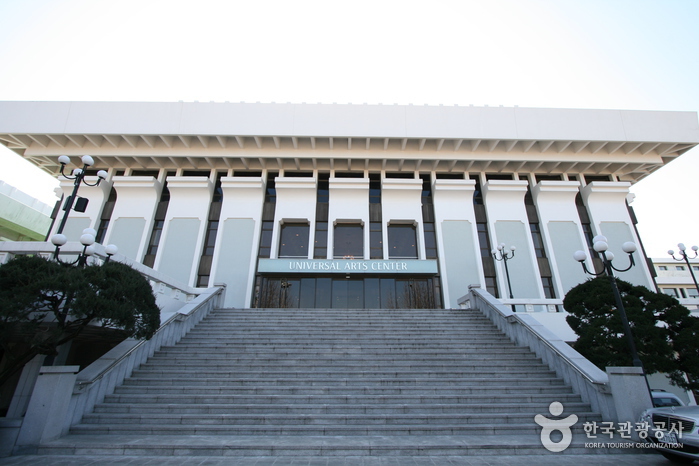
![Seochon Guest House [Korea Quality] / 서촌 게스트하우스 [한국관광 품질인증]](http://tong.visitkorea.or.kr/cms/resource/41/2447241_image2_1.jpg)
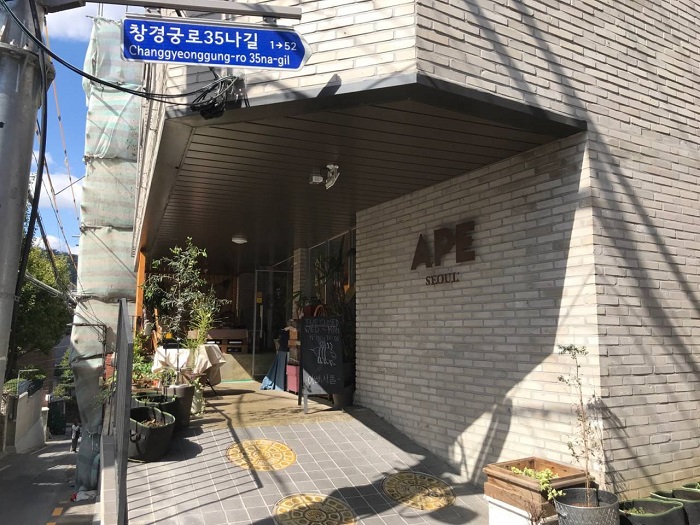
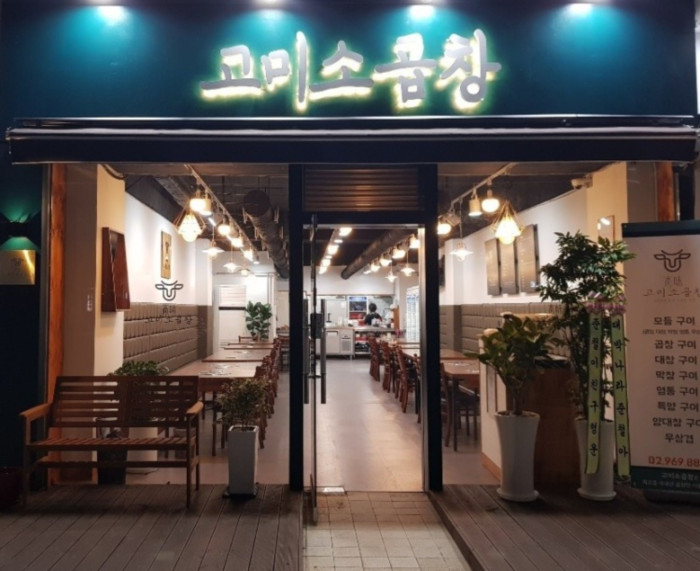
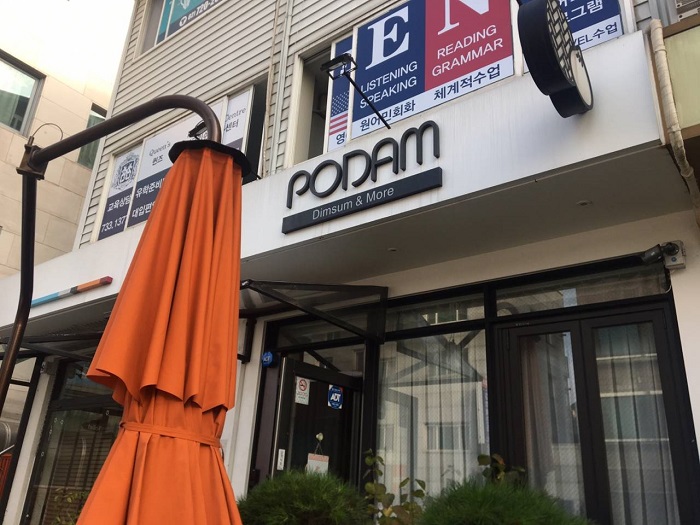
 Français
Français
 한국어
한국어 English
English 日本語
日本語 中文(简体)
中文(简体) Deutsch
Deutsch Español
Español Русский
Русский